Entry Category: Historic Preservation
Grand Army of the Republic Monument (Gentry)
Grand Army of the Republic Monument (Judsonia)
Grand Army of the Republic Monument (Siloam Springs)
Grand Prairie Historical Society
Grant County Museum
 Grapette Display
Grapette Display
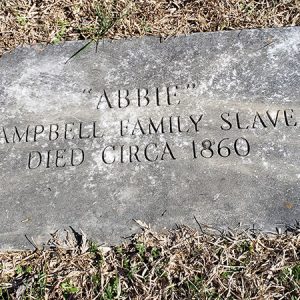 Grave of Family Slave
Grave of Family Slave
Gravette Historical Museum
aka: Kindley House
Great Southern Hotel
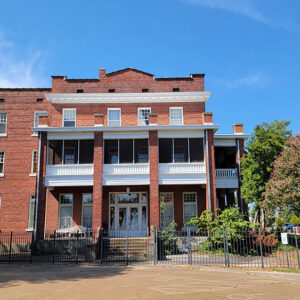 Great Southern Hotel
Great Southern Hotel
 Greek Amphitheatre
Greek Amphitheatre
Greek Amphitheatre (Magnolia)
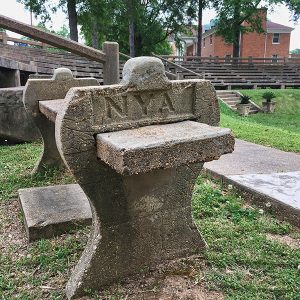 Greek Amphitheatre Bench
Greek Amphitheatre Bench
 Greek Amphitheatre Entrance
Greek Amphitheatre Entrance
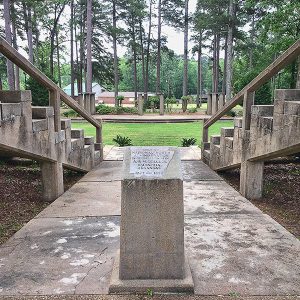 Greek Amphitheatre Marker
Greek Amphitheatre Marker
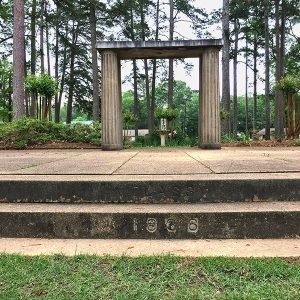 Greek Columns
Greek Columns
 Green Cemetery
Green Cemetery
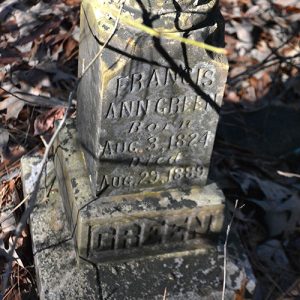 Green Cemetery
Green Cemetery
Green Cemetery (Ouachita County)
Green Forest Water Tower
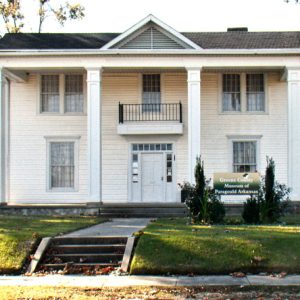 Greene County Museum
Greene County Museum
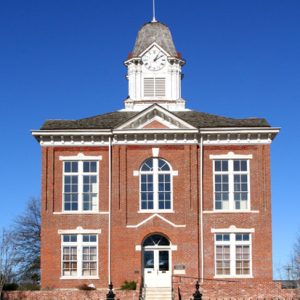 Greene County Courthouse (1888)
Greene County Courthouse (1888)
Greene County Courthouse (1888)
Greene County Museum
Greens at North Hills
aka: Sylvan Hills Country Club Golf Course
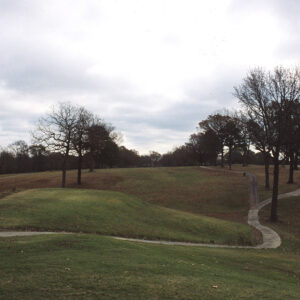 Greens at North Hills
Greens at North Hills
Greenwood Gymnasium
aka: Old Rock Gym
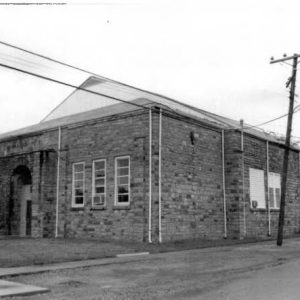 Greenwood Gymnasium
Greenwood Gymnasium
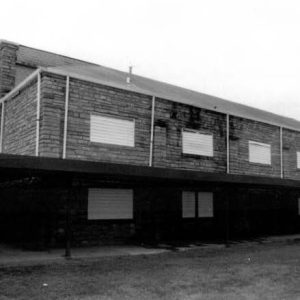 Greenwood Gymnasium Rear View
Greenwood Gymnasium Rear View
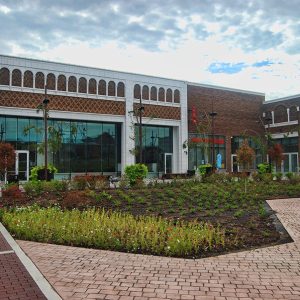 Griffin Auto Company Building
Griffin Auto Company Building
Griffin Auto Company Building
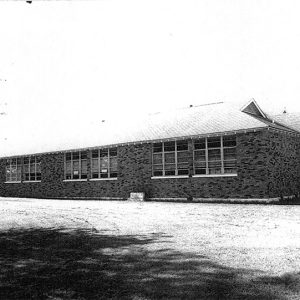 Griffithville School
Griffithville School
Griffithville School
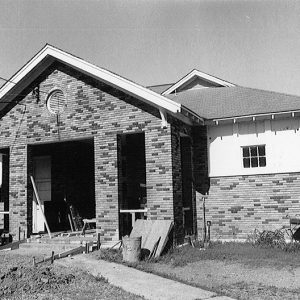 Griffithville School Entrance
Griffithville School Entrance
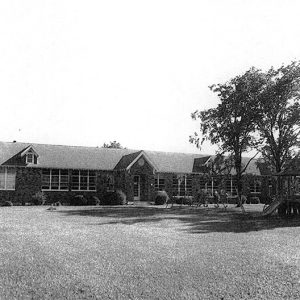 Griffithville School Grounds
Griffithville School Grounds
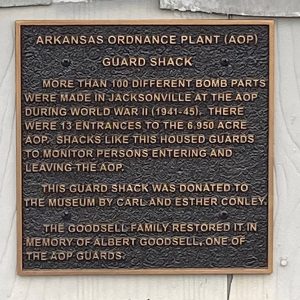 Guard House Plaque
Guard House Plaque
Gulley, Louis Corneil
Gurdon Jail
Gustave B. Kleinschmidt House
Guy High School Gymnasium
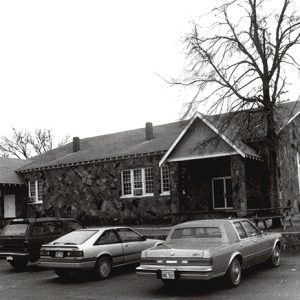 Guy High School Gymnasium
Guy High School Gymnasium
 Guy Home Economics Building
Guy Home Economics Building
Guy Home Economics Building
H. M. Anderson House
Habicht-Cohn-Crow House
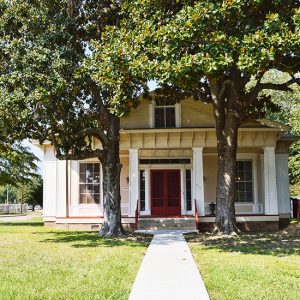 Habicht-Cohn-Crow House
Habicht-Cohn-Crow House
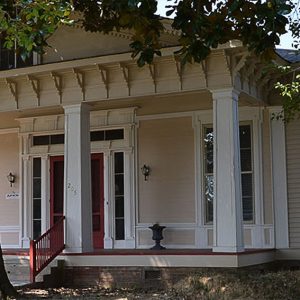 Habicht-Cohn-Crow House
Habicht-Cohn-Crow House
 Haggard Ford Swinging Bridge
Haggard Ford Swinging Bridge
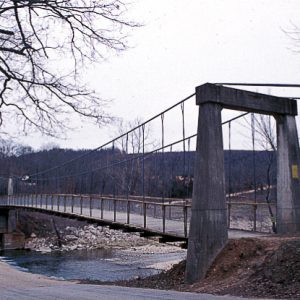 Haggard Ford Swinging Bridge
Haggard Ford Swinging Bridge




